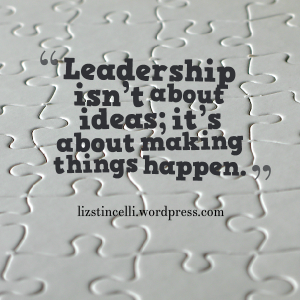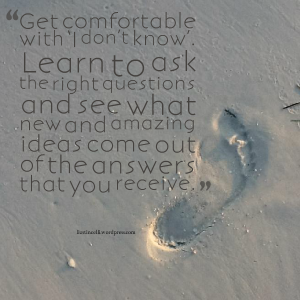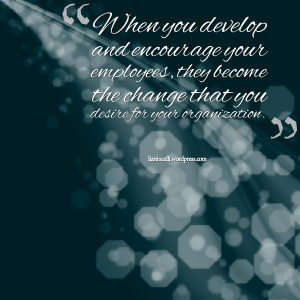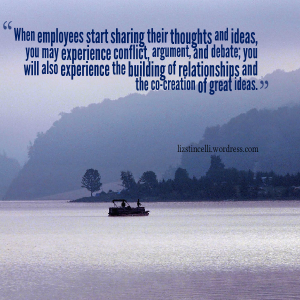“The first responsibility of a leader is to define reality. The last is to say thank you. In between, the leader is a servant.” —Max de Pree
By Elizabeth Stincelli, DM
Servant Leadership
Leadership is a privilege and may say more about your character than any other action you might take. What makes servant leadership different than any other form of leadership? Servant leaders focus on meeting the needs of others rather than gaining fame, fortune, and power for themselves. They recognize that every employee has value. They care about everyone who interacts with the organization. They listen to and respect those they work with. To be a servant leader, a heart and mind for service has to be ingrained in your core values. Here are four reasons you need to be a servant leader.
Influence
Henry Drummond believed, “The people who influence you are the people who believe in you.” Leadership is based on an ability to influence. Servant leaders influence others based on the building of trusting and respectful relationships. They show employees that they believe in them. Their leadership builds consensus and collaboration. Servant leaders understand that everyone needs to be encouraged and truly cared for on an individual level. They know that people can accomplish amazing things when they are inspired by a purpose beyond themselves. Servant leaders do right by their people, and their people do right by the organization. These leaders put themselves where they can influence by doing the most good for those they lead and by giving others something to believe in.
Empowerment
Bill Gates tells us, “As we look ahead into the next century, leaders will be those who empower others.” Servant leaders provide the support system and resources that employees need to do their jobs and then give them control over their own work. They are the opposite of command and control leaders; they lead by empowering, encouraging, and serving. Their aim is to equip and bring out the best in others. Servant leaders help others become engaged so that they can make their own positive impact. When employees feel empowered, they take ownership of their work; this ownership, improves morale, productivity, and quality.
Example
Jeffrey Gitomer explained, “Management’s job is to convey leadership’s message in a compelling and inspiring way. Not just in meetings, but also by example.” You are setting the leadership example. Servant leaders share their knowledge, help others in any way they can, and give of their time and resources to everyone. Their humble, selfless example of leadership builds teams of individuals who also want to be of service to others. This service brings people together and creates a unity that is inspiring, productive, and engaging.
Strengths and weaknesses
Zig Ziglar advised us, “Try to look at your weakness and convert it into your strength. That’s success.” You have strengths, but you also have weaknesses. Servant leaders recognize where they are best able to help others, and where others are best able to help them. They use their strengths to meet the needs of others. And, they provide the tools and learning opportunities needed for employees to grow their own strengths and abilities. Servant leaders serve and support behind the scenes, allowing employees a sense of accomplishment and control.
Become a Servant
Making it your primary role to serve others is both satisfying and productive. Becoming a servant leader shows strength of character. It builds strong relationships and develops servant leaders throughout your organization. Becoming a servant increases your influence, empowers employees, sets an inspiring example, and allows you to focus on serving where your strengths lie.
What can you do to start serving today?
© 2015 Elizabeth Stincelli
Elizabeth Stincelli is passionate about recognizing and inspiring the leader in each of us. She is the CEO of Stincelli Advisors where she focuses on helping organizations engage employees and improve organizational culture. Elizabeth holds a Doctor of Management degree with an emphasis on organizational leadership.
Learn more about Elizabeth by visiting her website, stincelliadvisors.com and connect with her on Twitter @infinitestin, Google+, and LinkedIn. You can contact her by email at stincelliadvisors@gmail.com.










